Who pays for Mardi Gras?
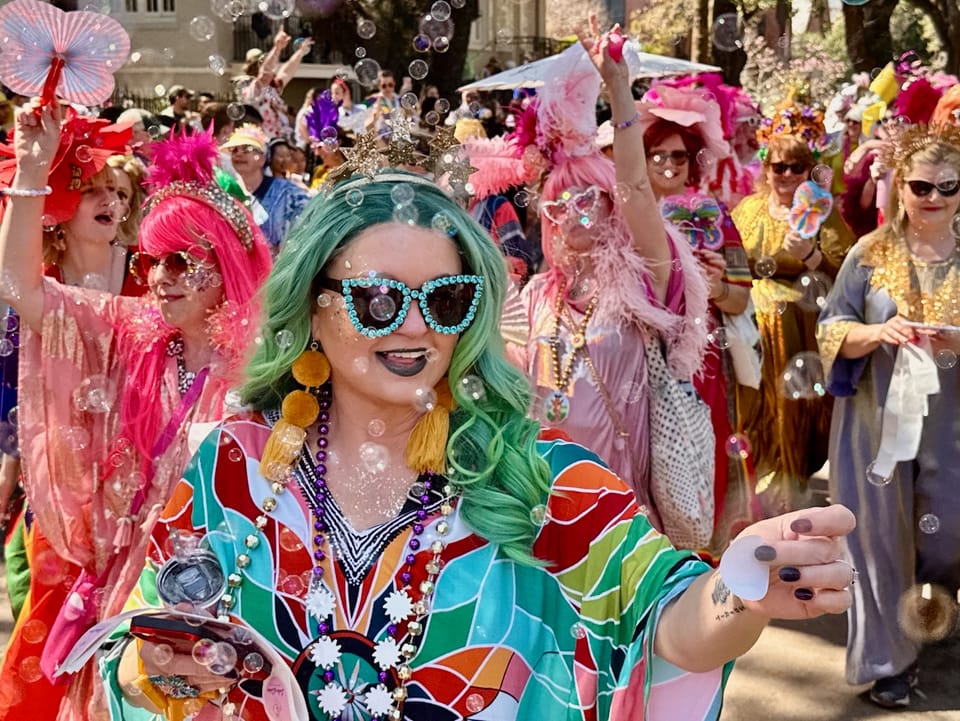
It's the biggest "free" party in the world – and one of the most profoundly misunderstood parts of New Orleans culture.
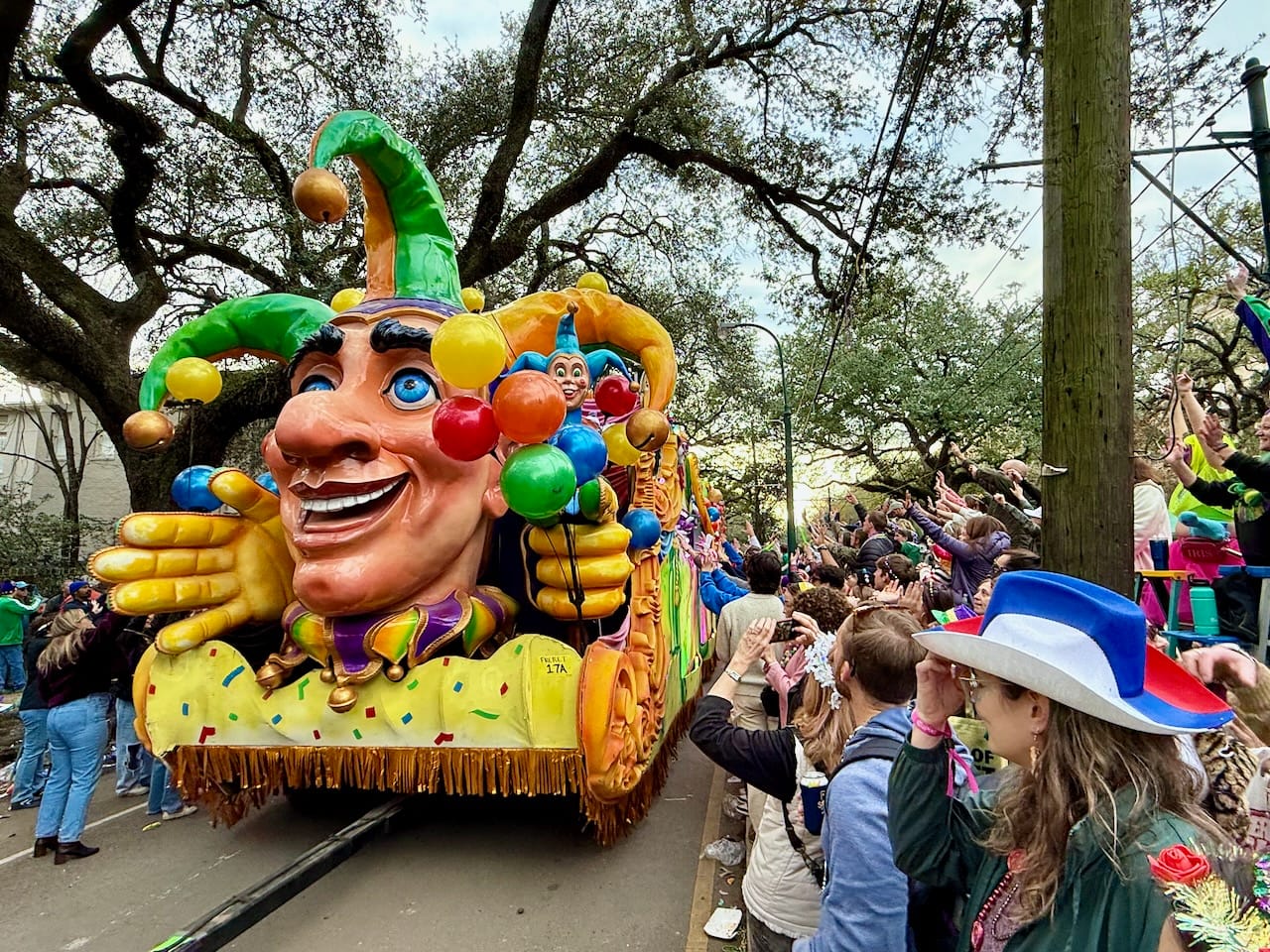
When I first learned who paid for Carnival, I was dumbstruck. I'd honestly never asked myself who footed the bill. I guess I assumed the cash came from taxes. Like most people, I enjoyed the party without thinking much about who hosted it.
Carnival is a season. Mardi Gras is a day.
Carnival season begins each year on January 6th and crescendos on Fat Tuesday (Mardi Gras in French). But most people in the world call the entire season Mardi Gras. During that time, New Orleans hosts balls, parties and parades for months – mostly produced and paid for by the citizens of New Orleans (spoiler alert - it's not through taxes).
A single parade may cost its Krewe over a million dollars for the distinctive floats, the Krewe’s signature costumes and headpieces, and the cavalcade of beads, toys, cups, hats, snacks, etc. thrown along the route and at the ball afterward. The cost also includes the many school bands and dance teams (both local and from across the country), the inventive, entertaining adult marching groups – and even the hundreds of police along the route and the massive post-parade clean up.
So who pays the tab for these treat-throwing celebrations?
Each parade is produced by a Krewe, a group of (usually) locals who agree on what's fun. The mostly-masked community members and neighbors who make up the majority of these Krewes, plan for months and spend small fortunes to delight friends, neighbors, and visitors from around the world.
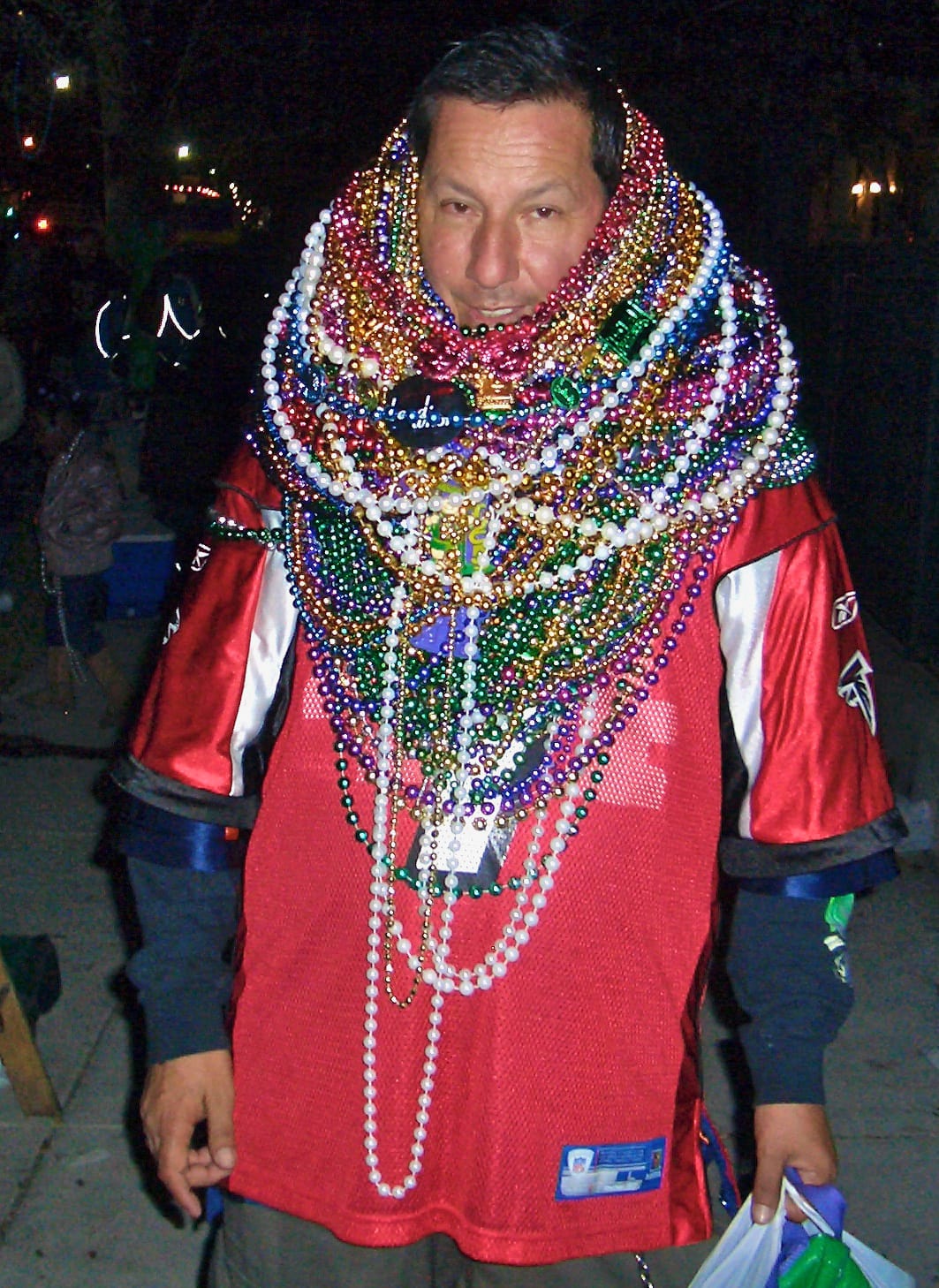
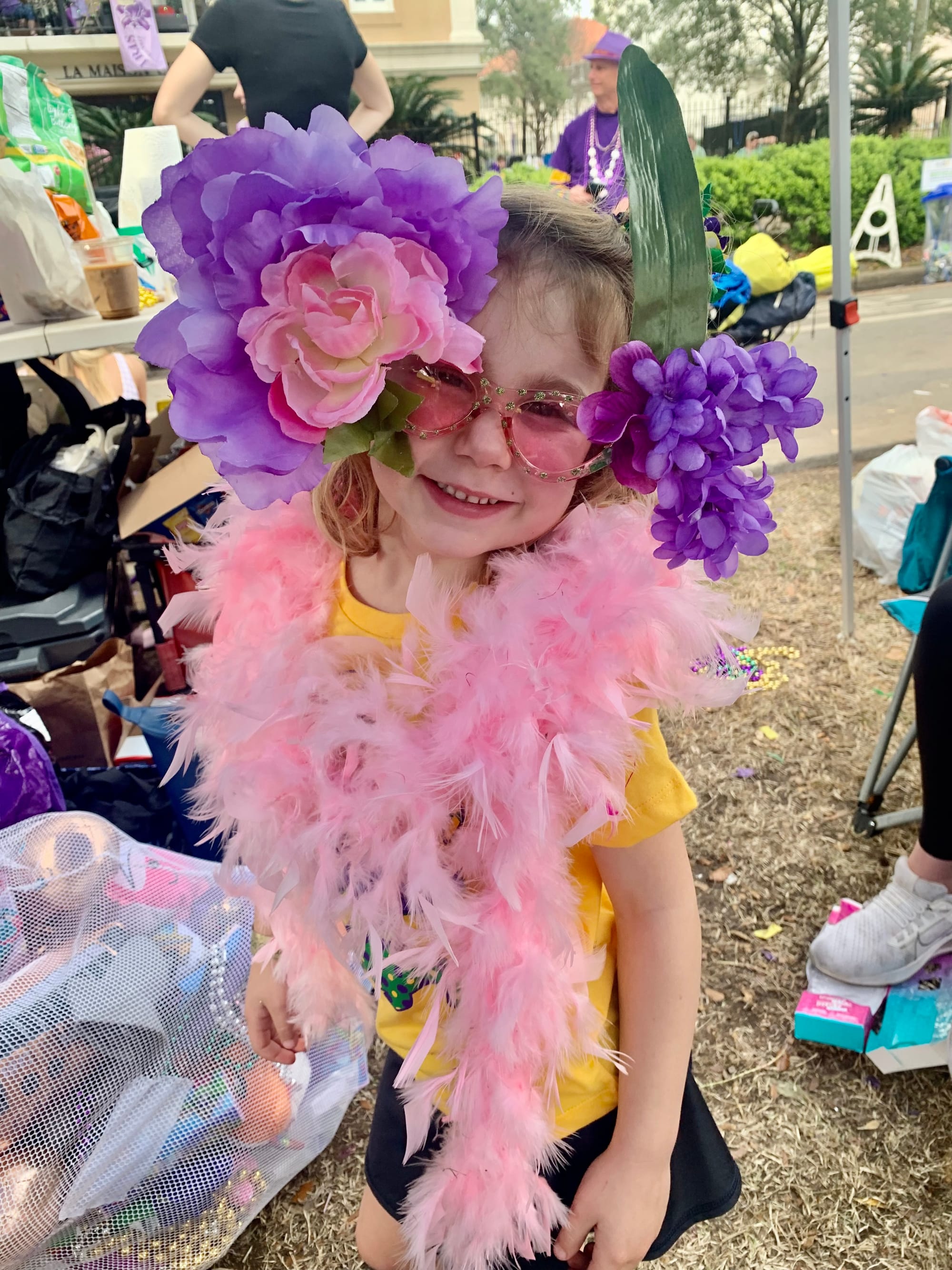
Carnival is about community
The media shows a beads, boobs and booze version of our Carnival traditions, but most of the miles-long routes run through neighborhoods. I dance in a couple of the Carnival parades and we usually line up in front of people's homes, spending hours playing with kids, snacking, visiting, and dancing in driveways.
Carnival season is almost entirely about giving back to the community. Krewes provide the parades and literal tons of toss-able treasures thrown to strangers. School bands practice song lists and marching for months. Adults throughout the city pay club dues, design costumes, and practice dance routines. The New Orleans community conspires to bring as much joy as possible to as many as possible.
Yes, everything you caught at that parade was paid for by the person who threw it to you.
If you're truly blessed, maybe you even caught a signature throw crafted by hand – a gift of love and labor straight from the heart of our city.
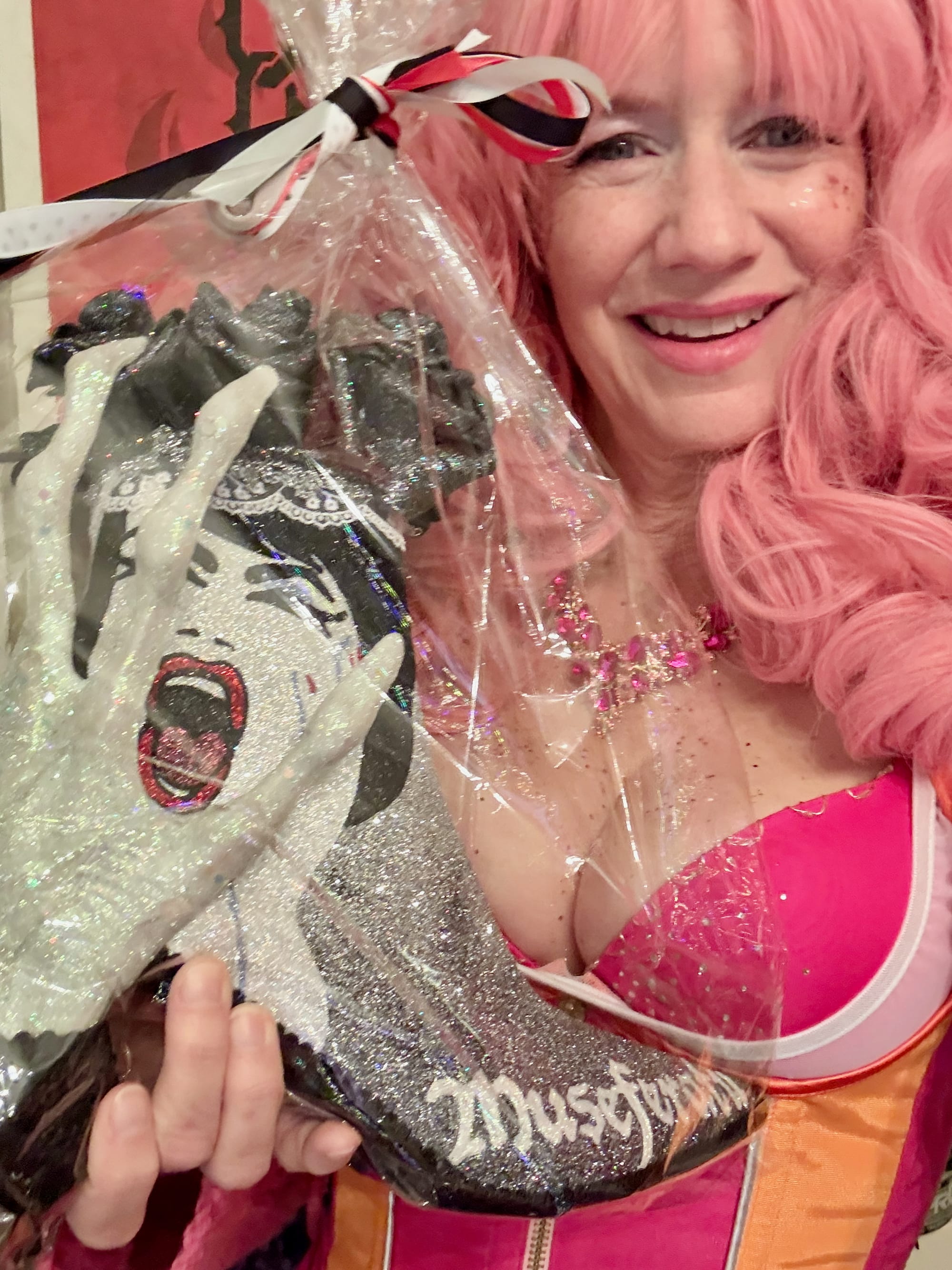
Whether you attend Carnival every year or have yet to experience its inexplicable joys, know that its engine is our citizenry and those who join us in spreading beads and culture!
I’m new to this platform and in addition to occasional posts about my beloved city of New Orleans, I’ll be offering content specific to actors and authors. If you received this as an email, you’re already subscribed to read my newsletter. If you’d like to opt out, the unsubscribe button is below, but I’d love for you to stick around as I figure out this new platform. At the very least, you might get a laugh out of watching my learning curve.
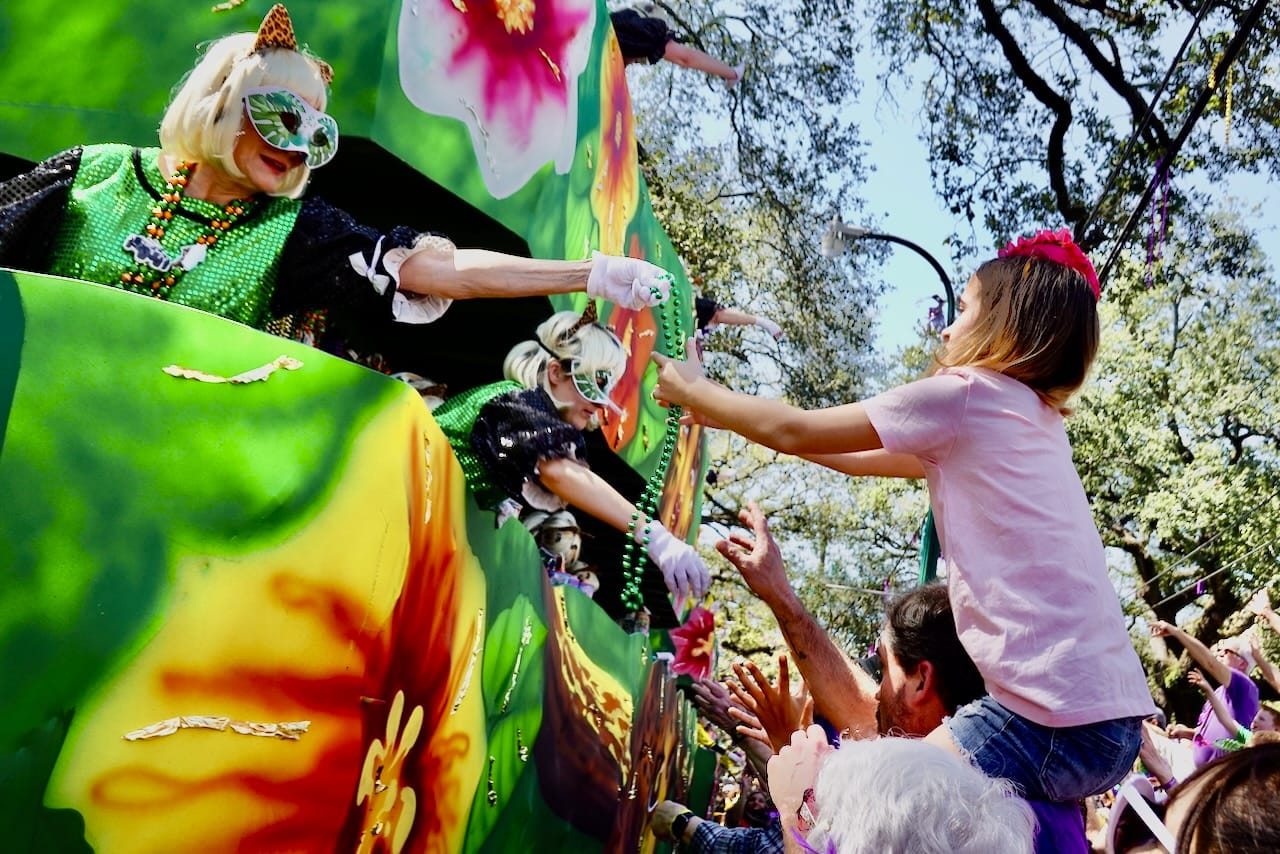
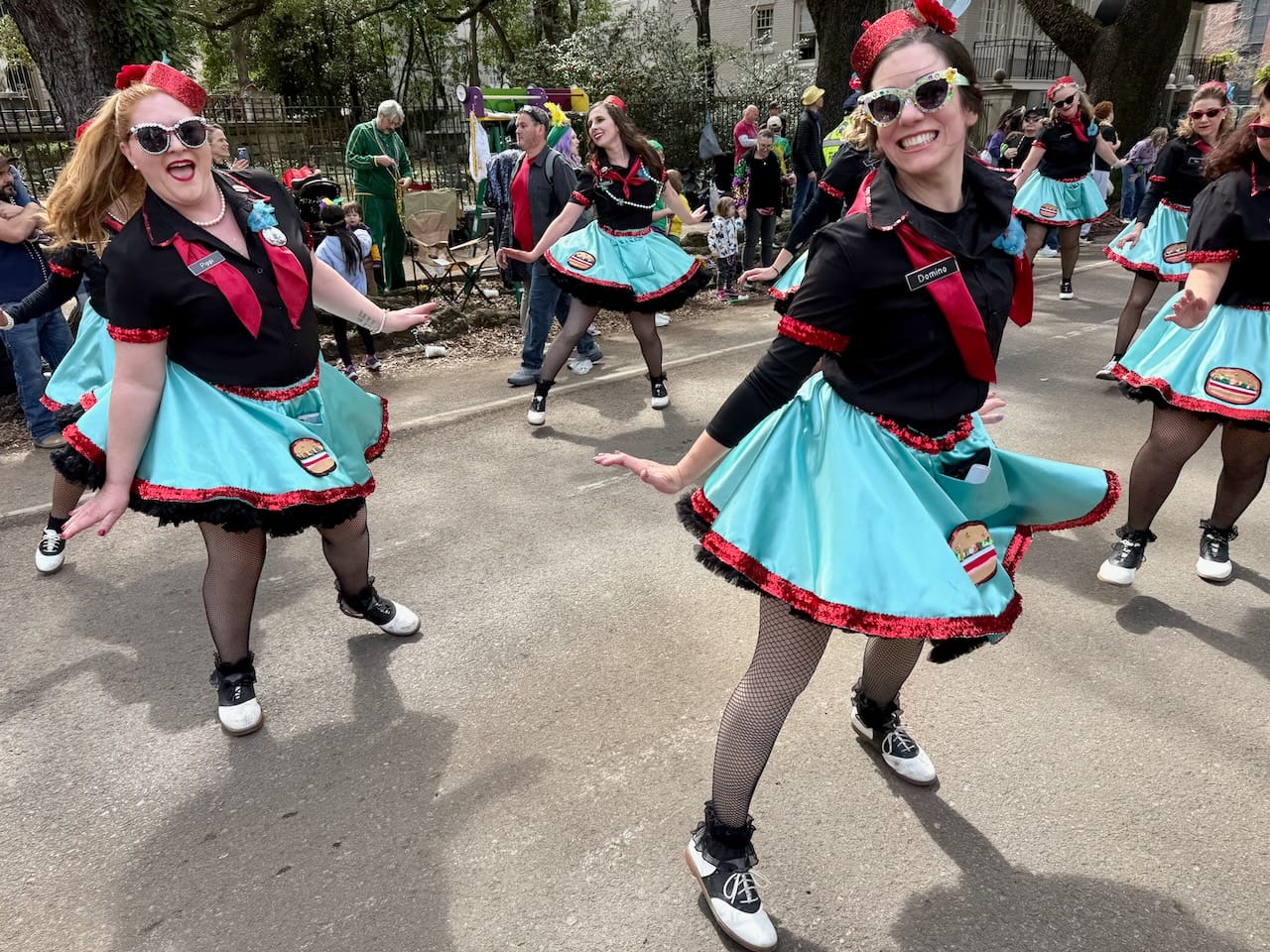
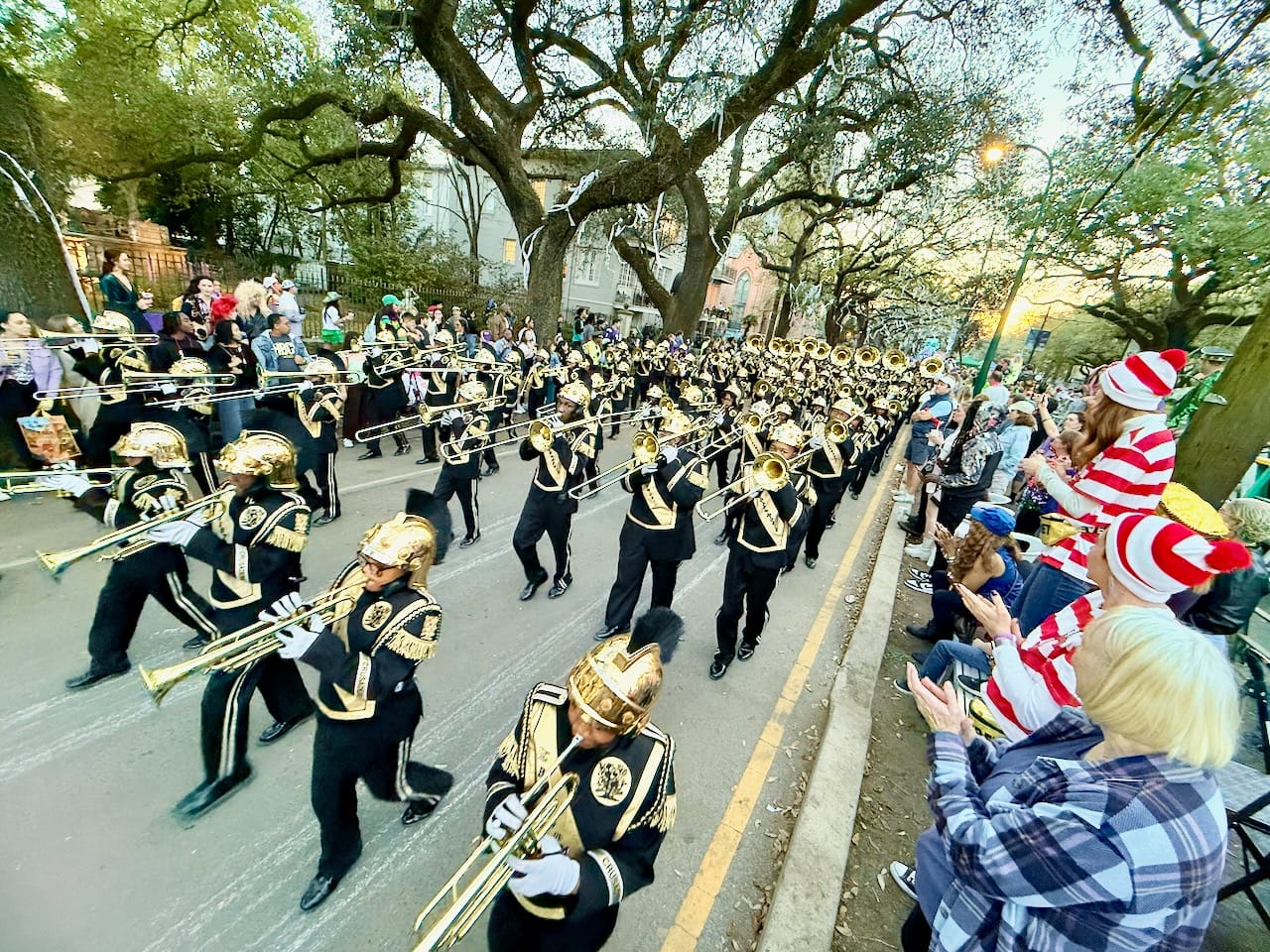
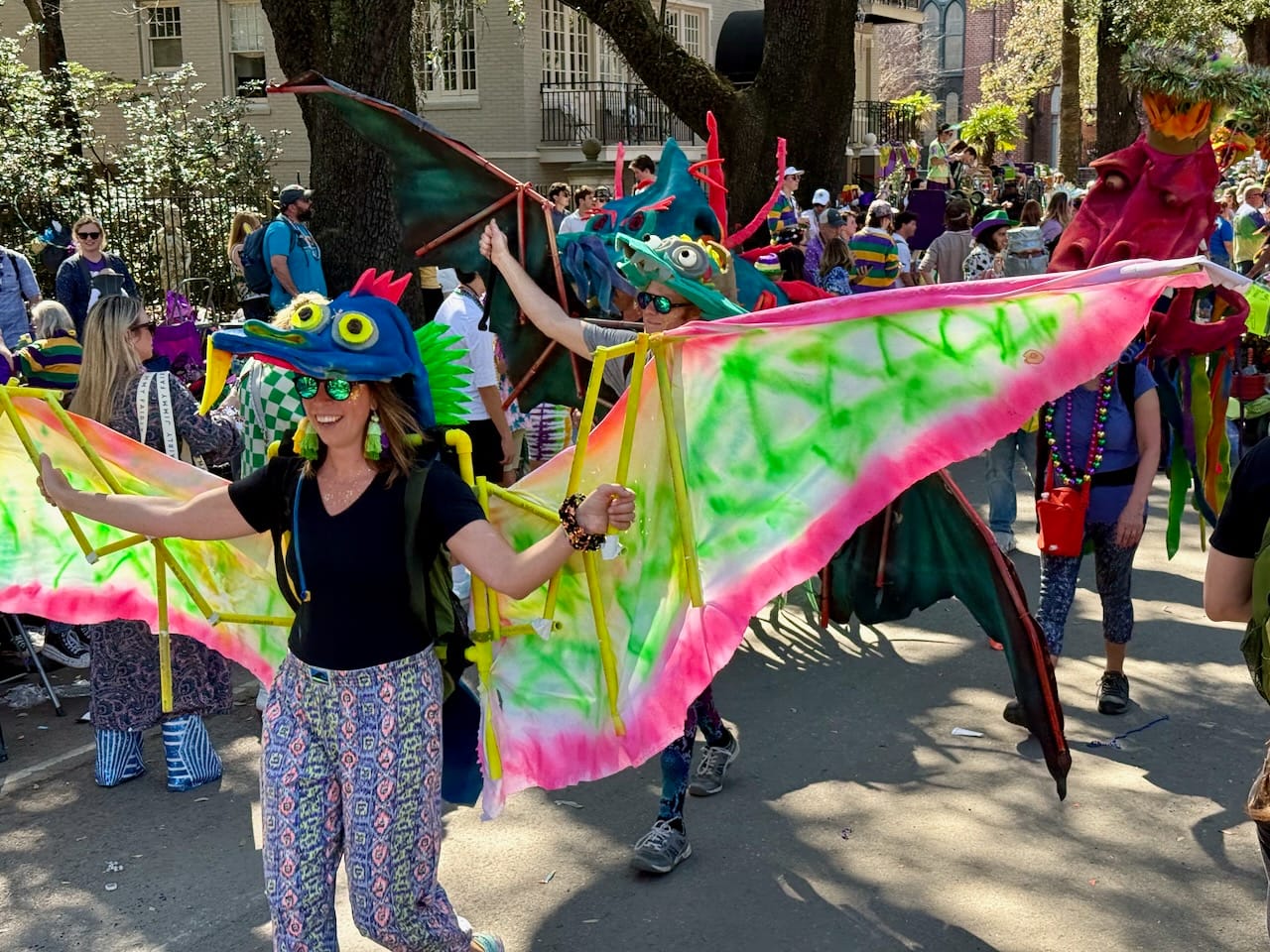
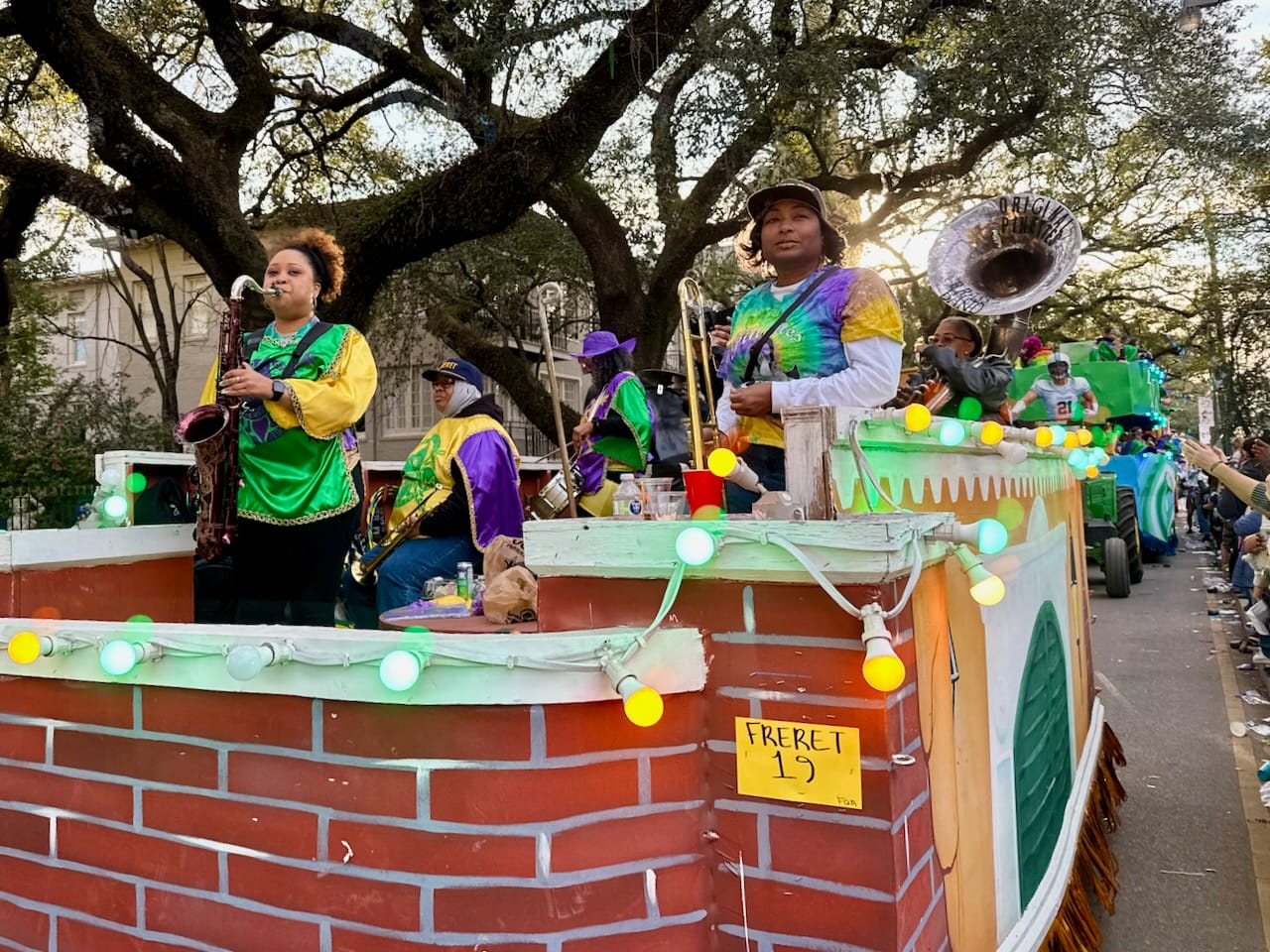
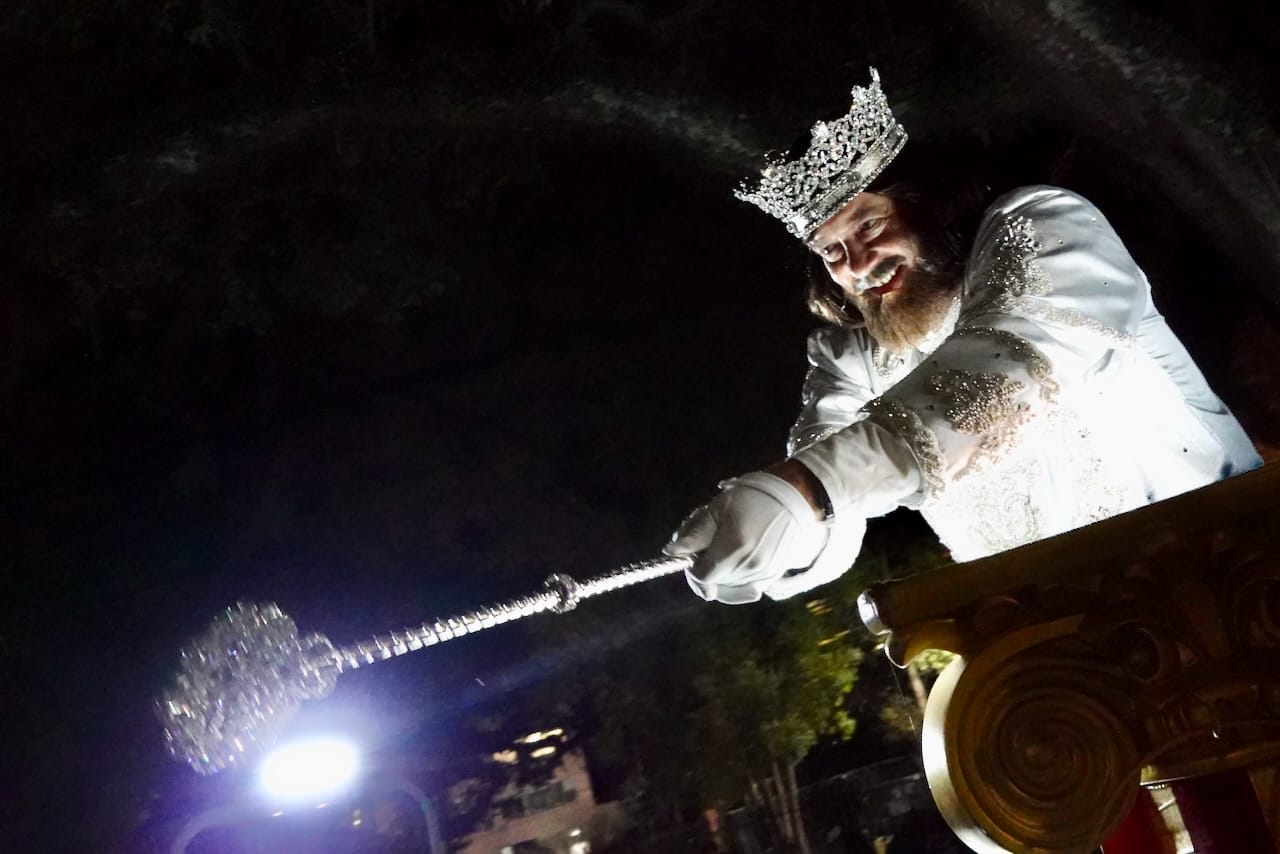
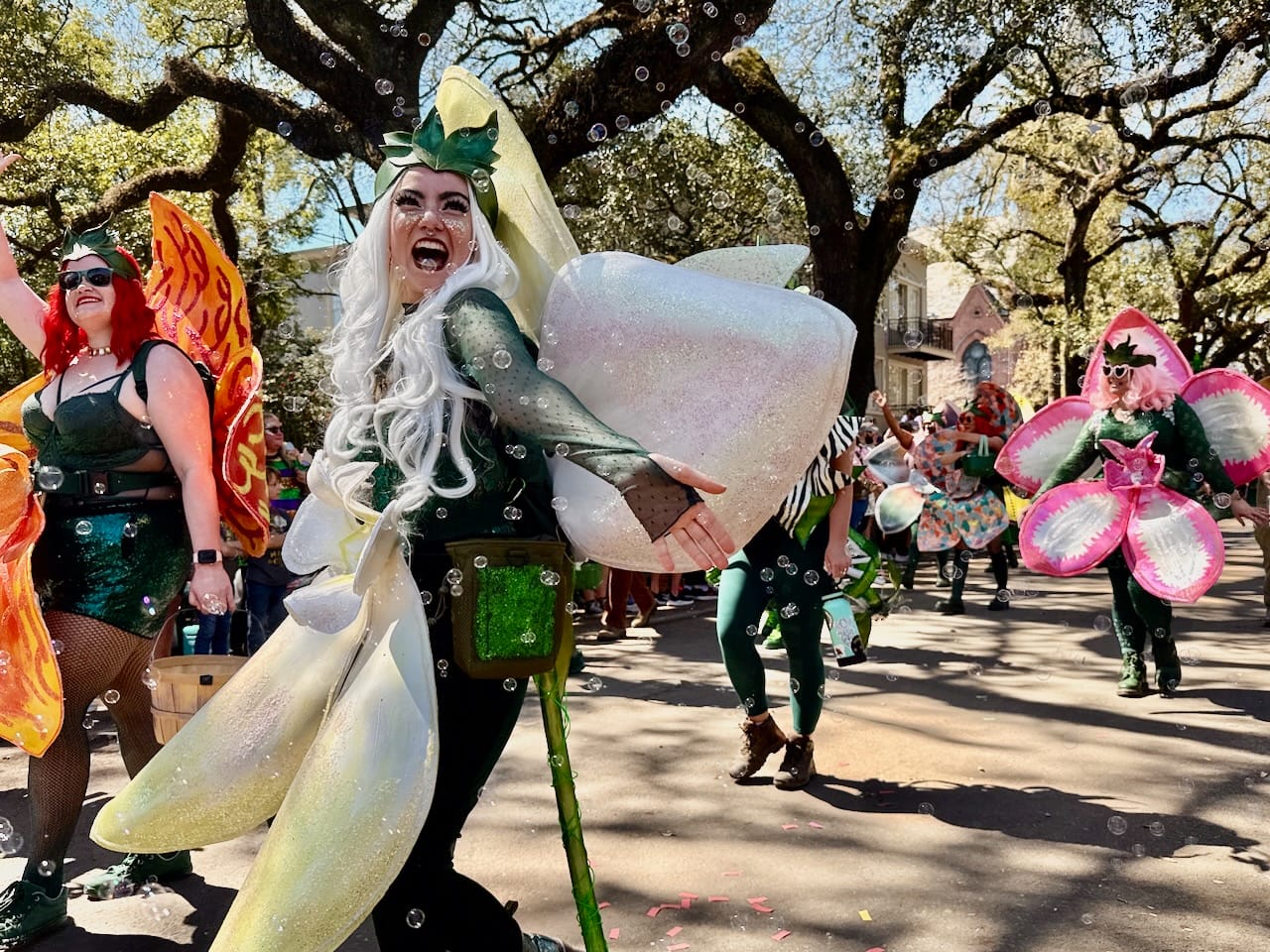
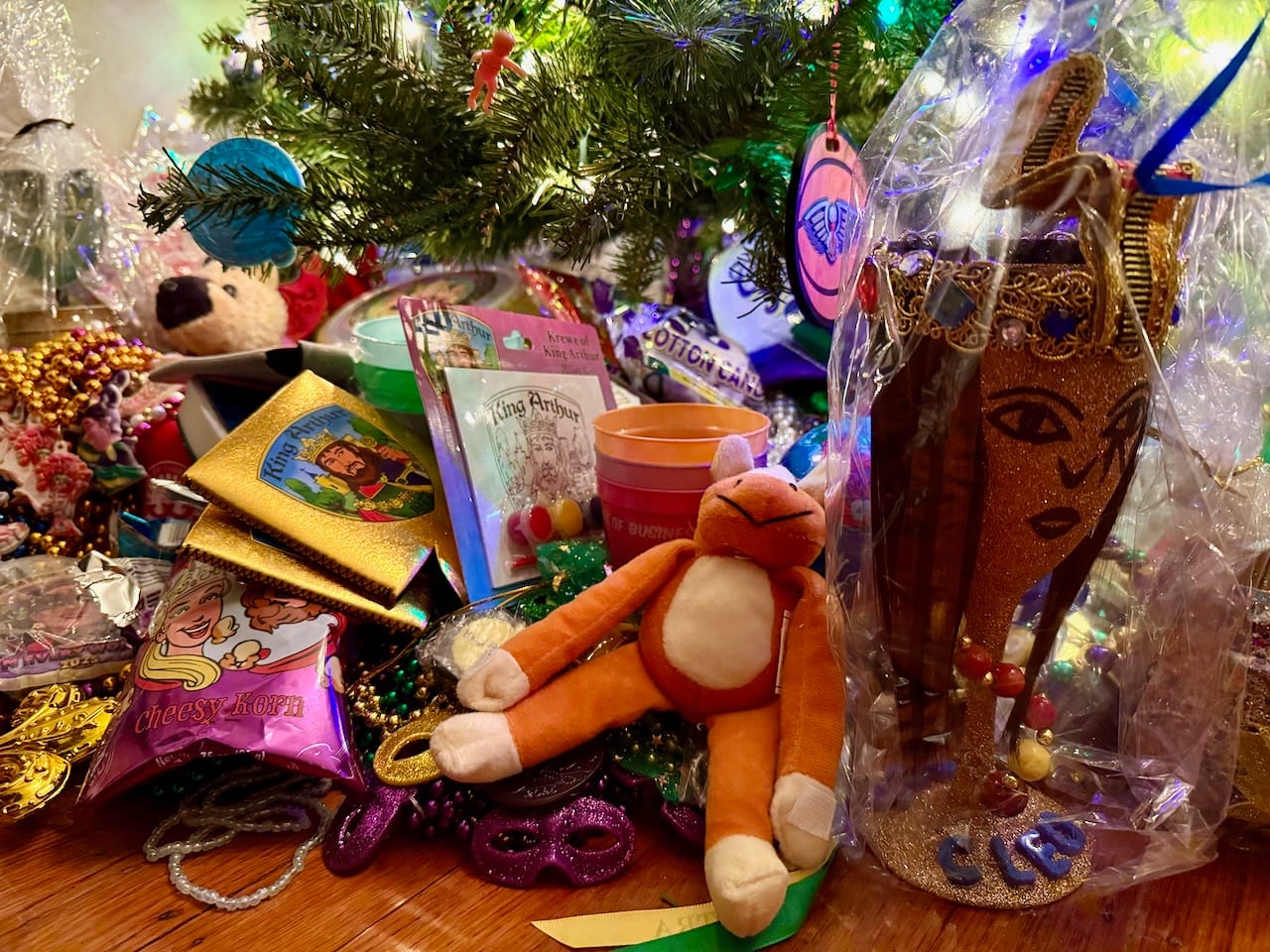
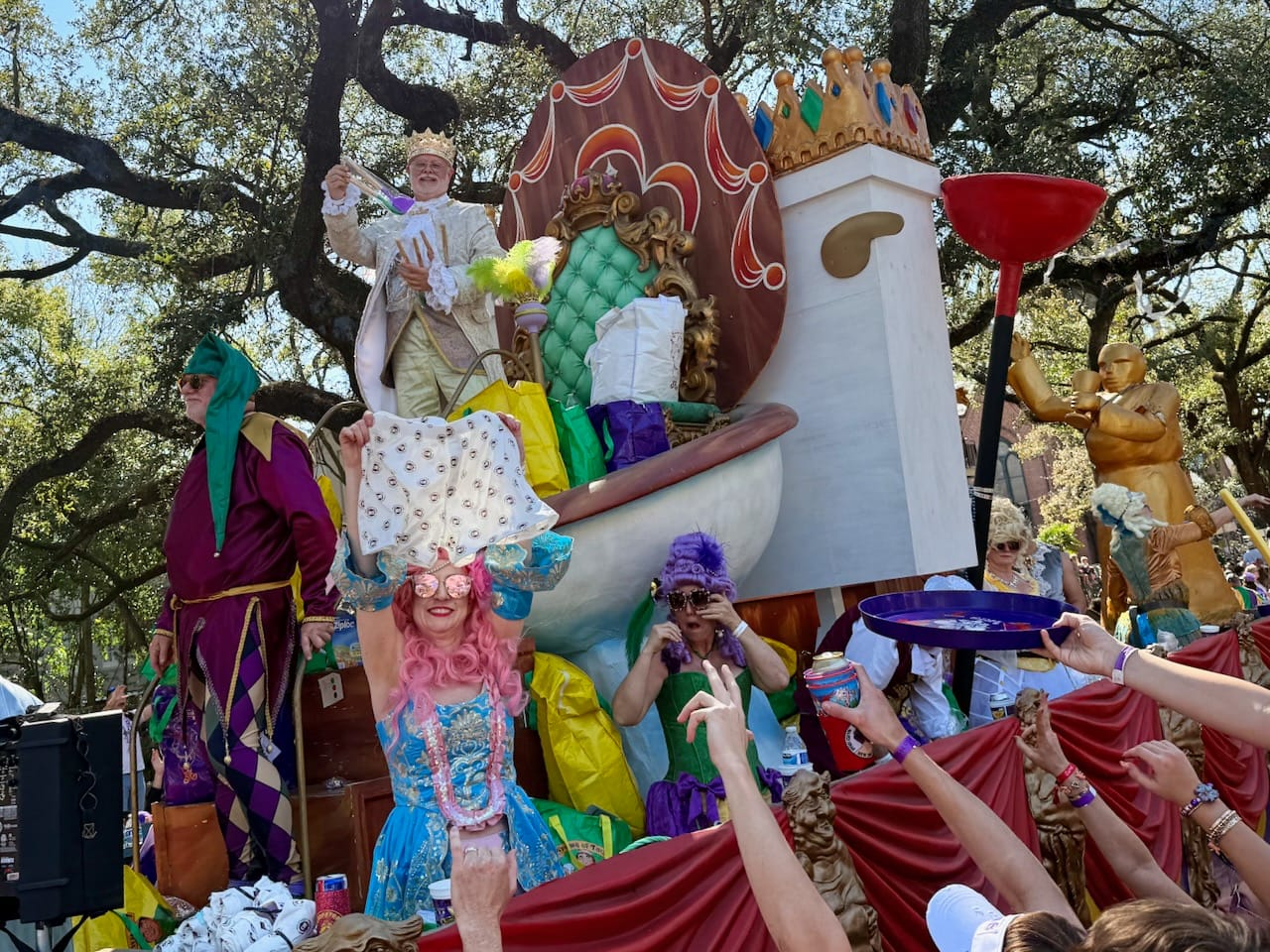
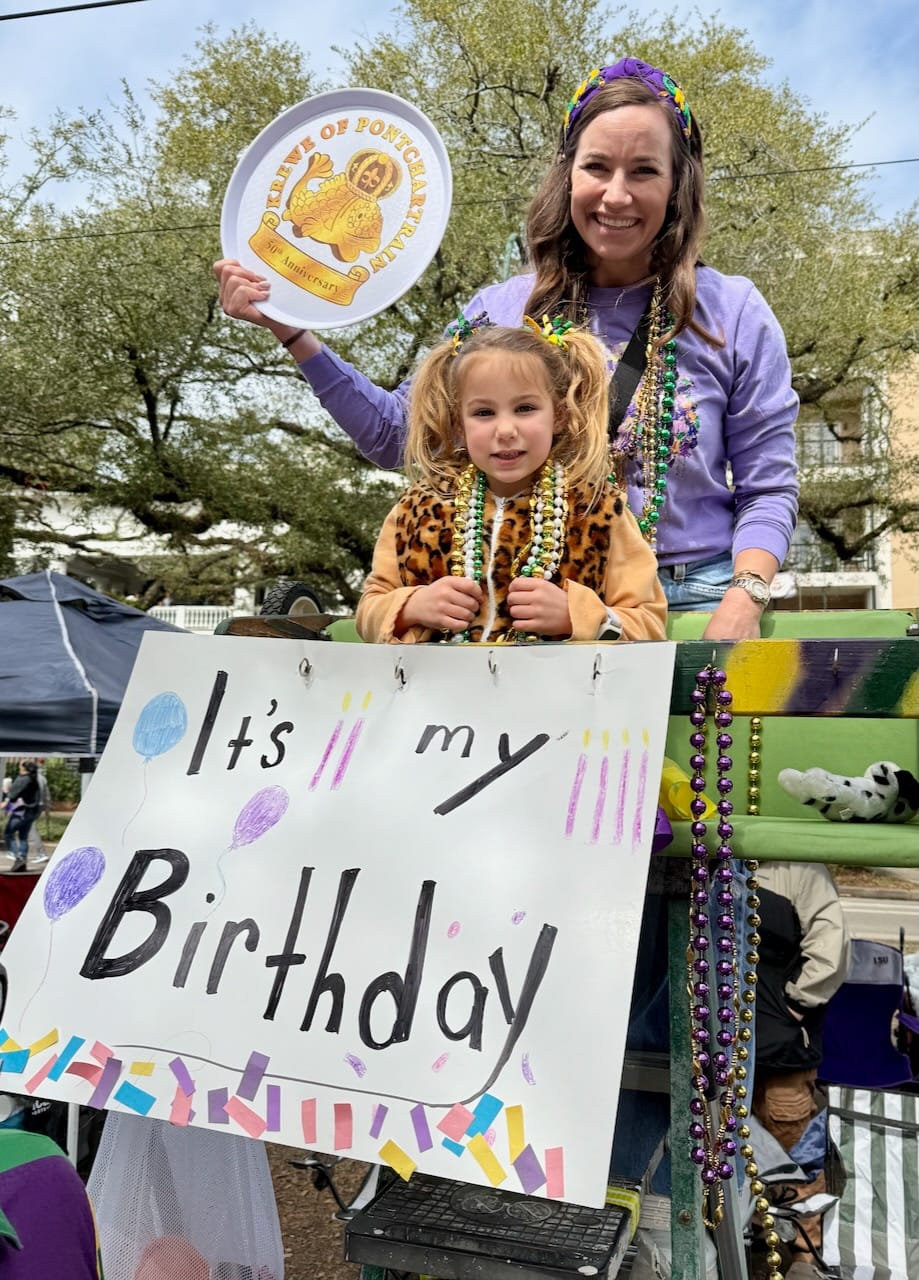
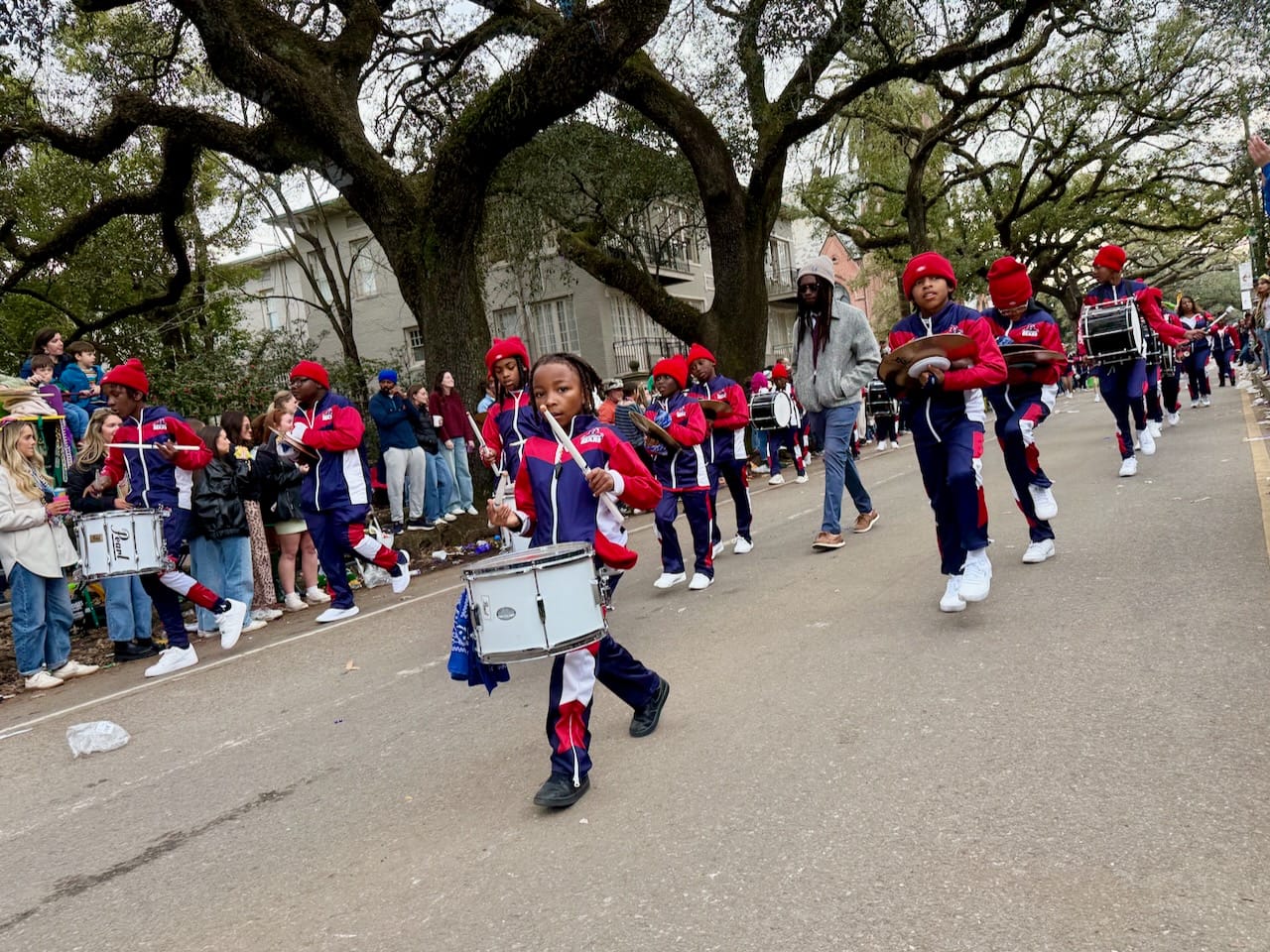
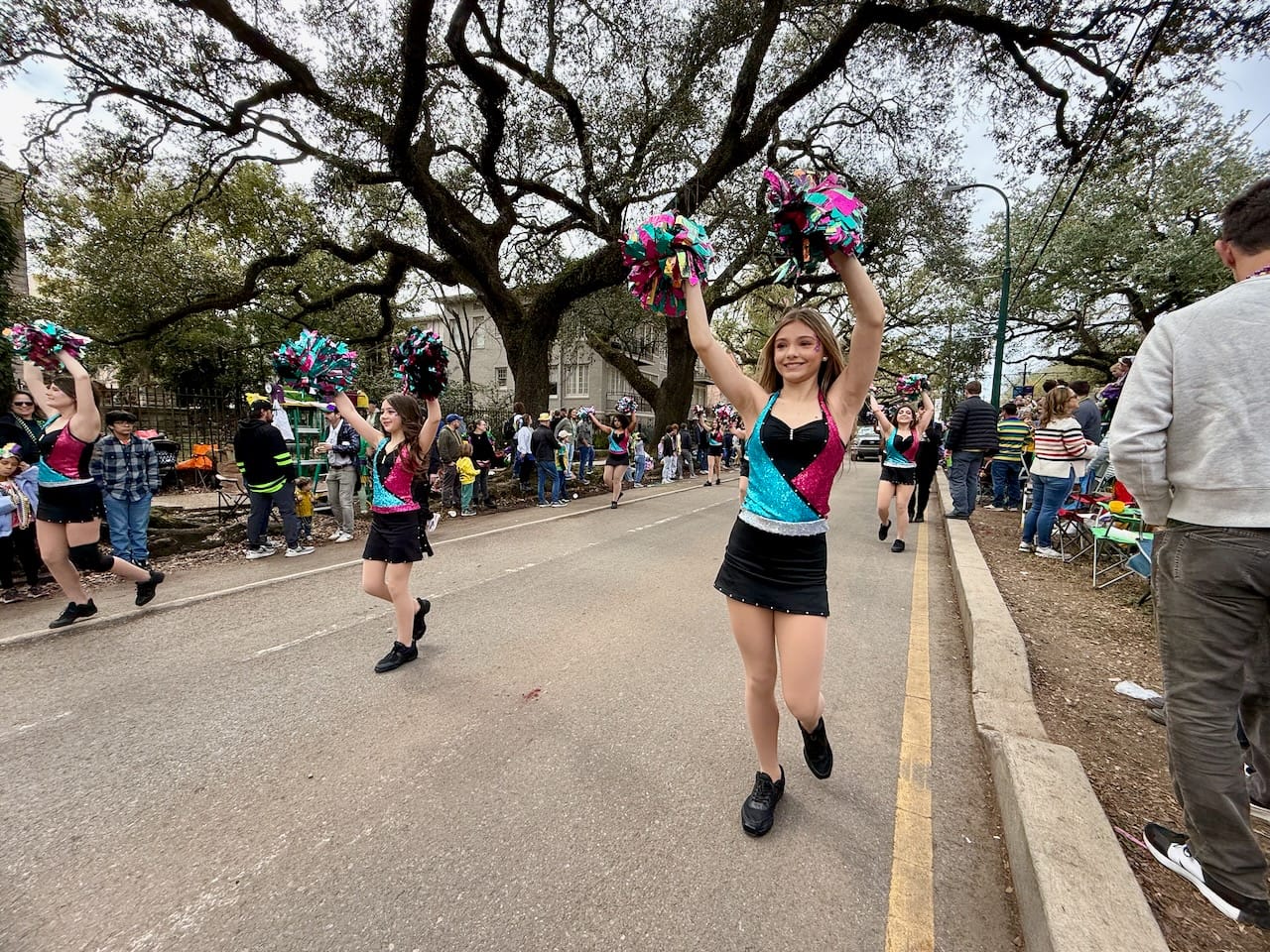
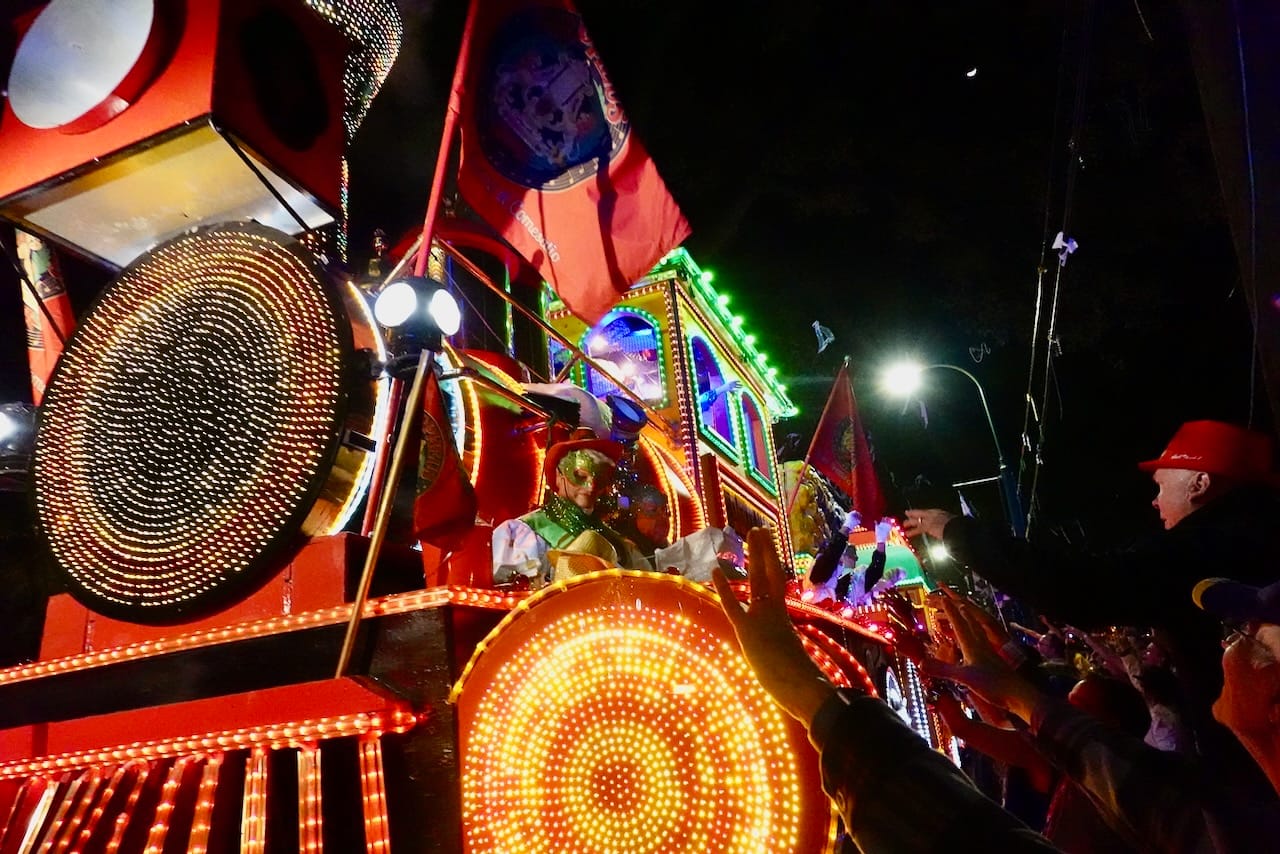
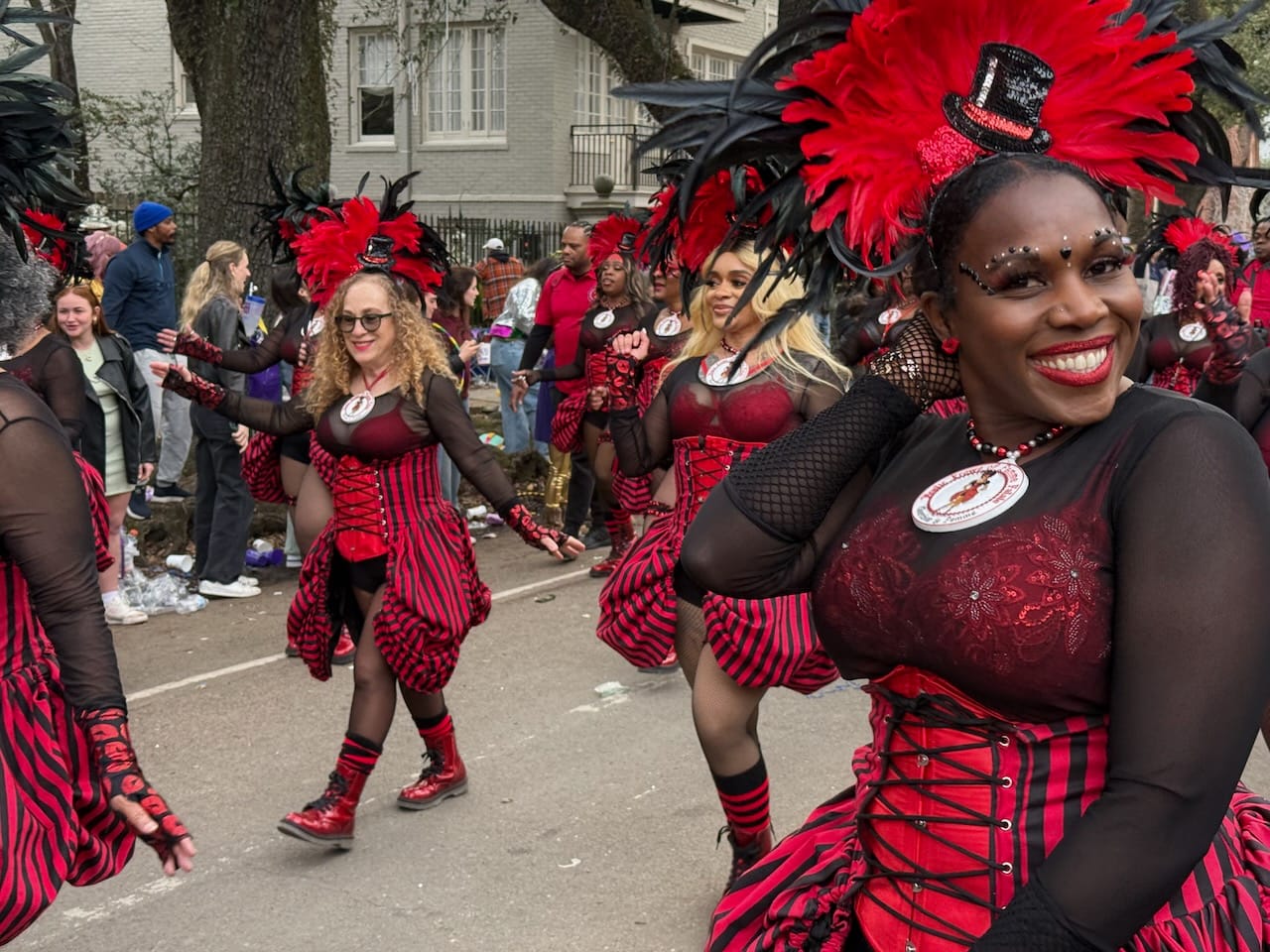
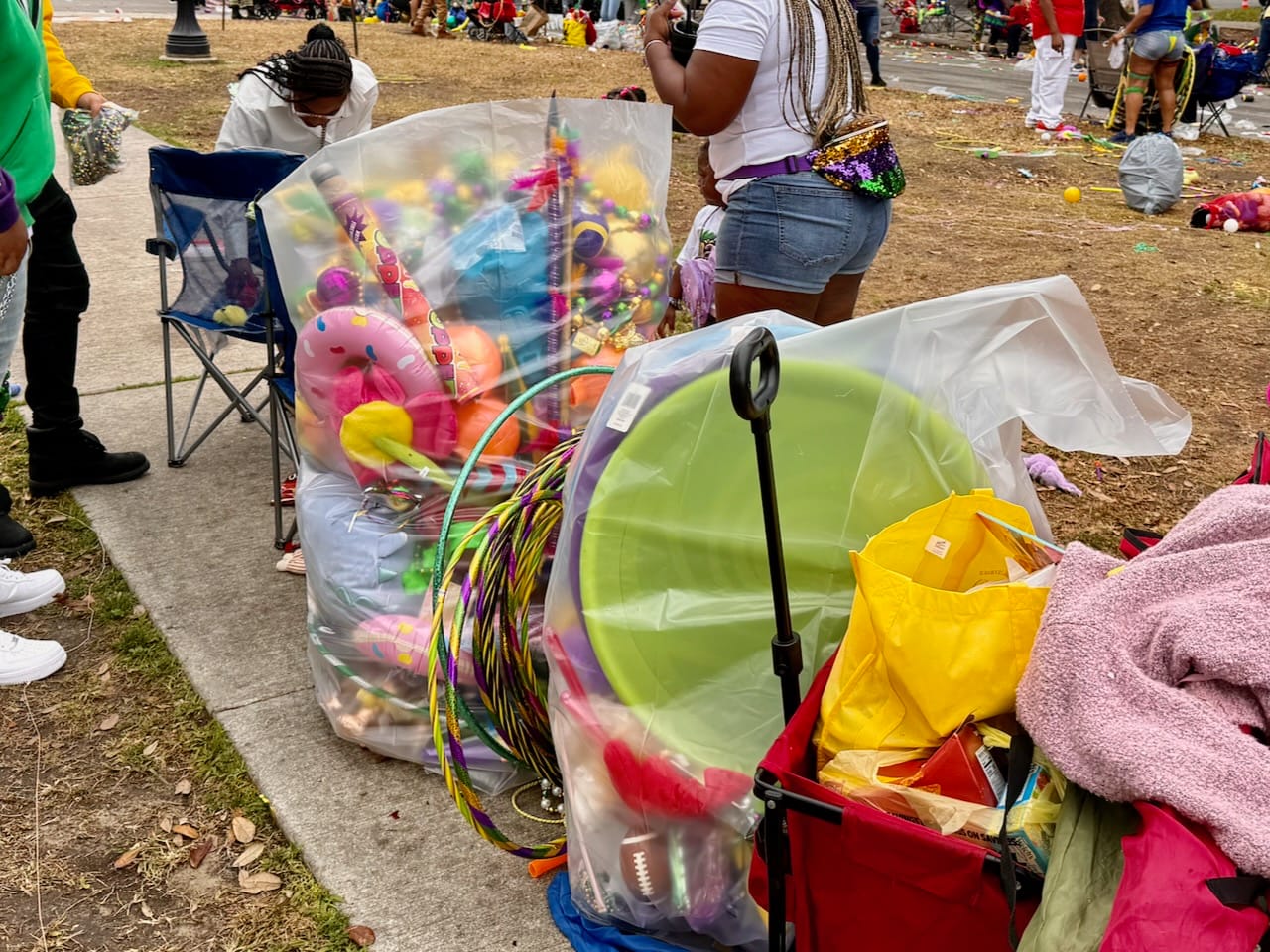

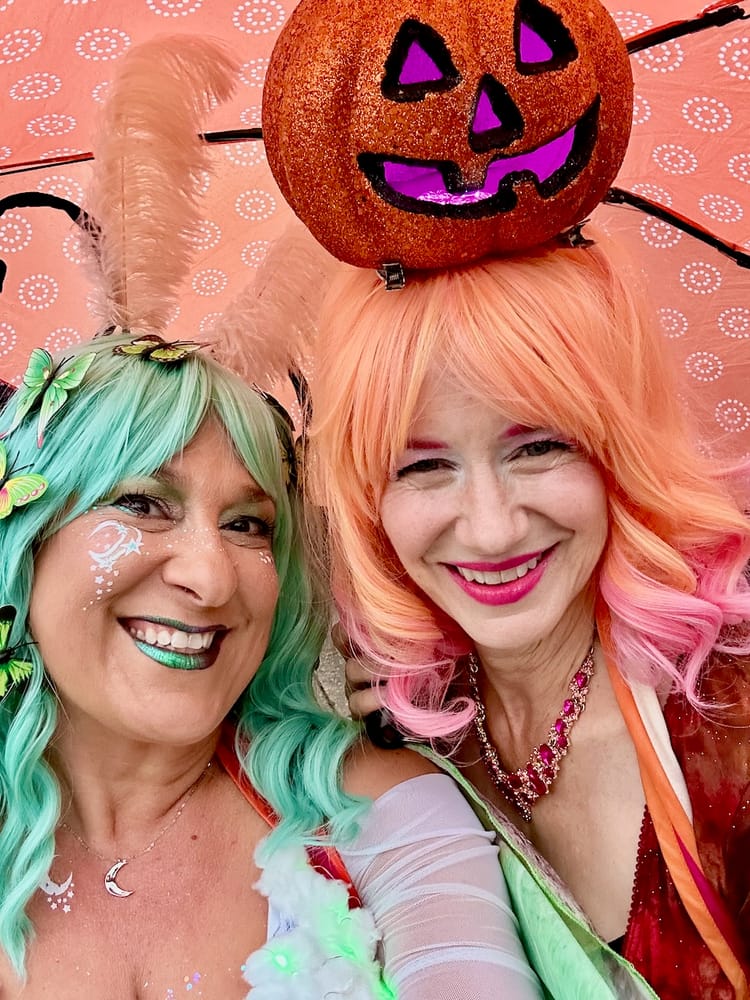
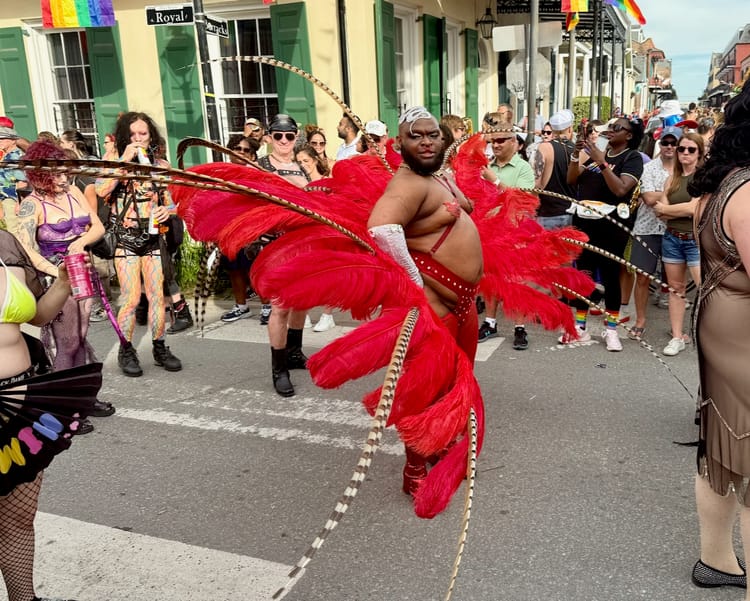
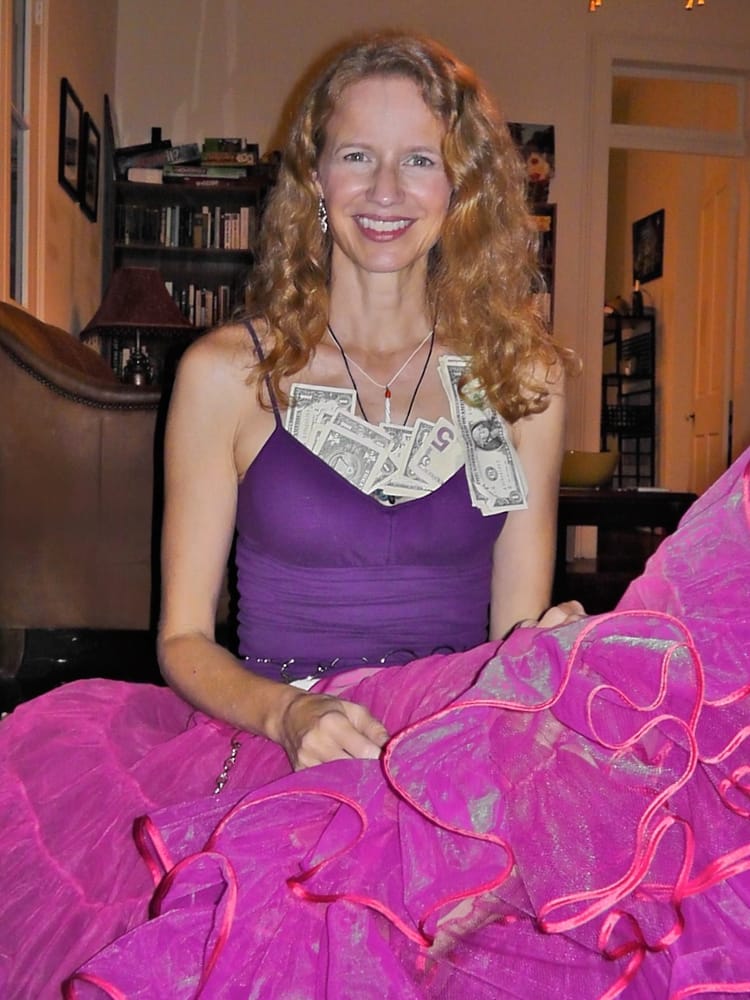

Member discussion